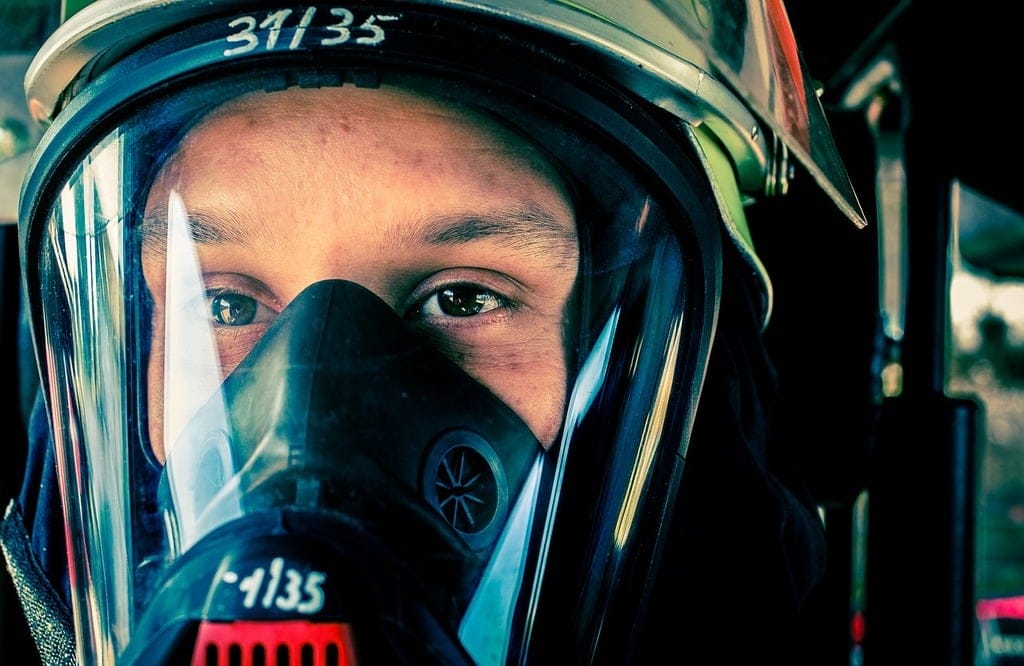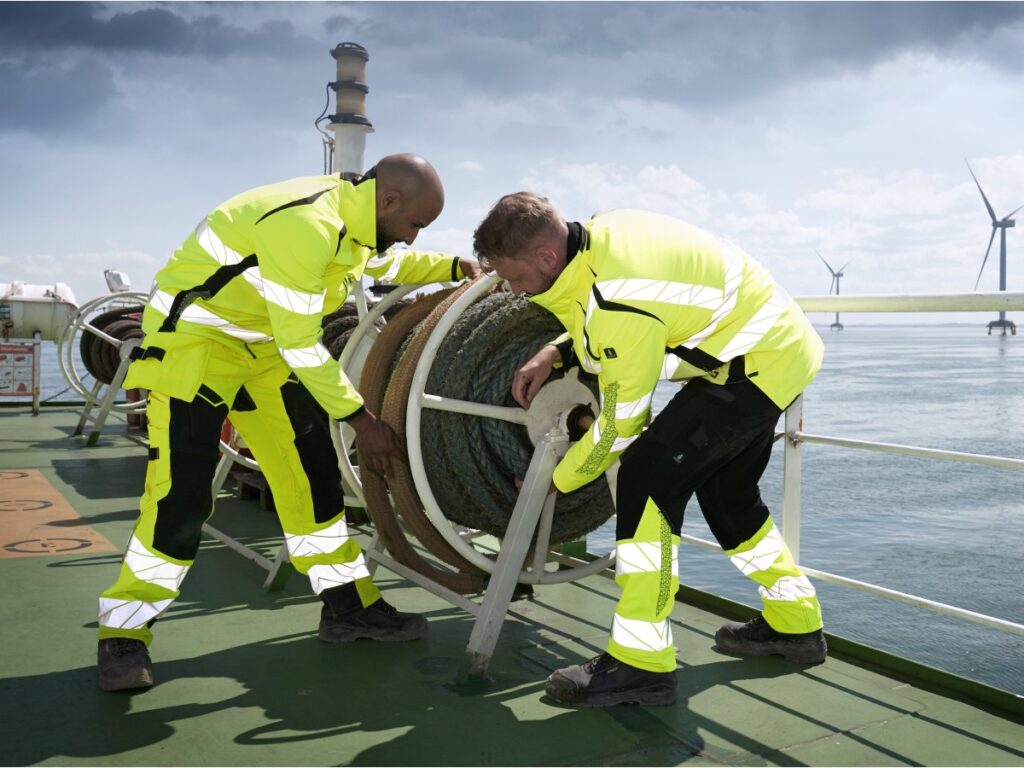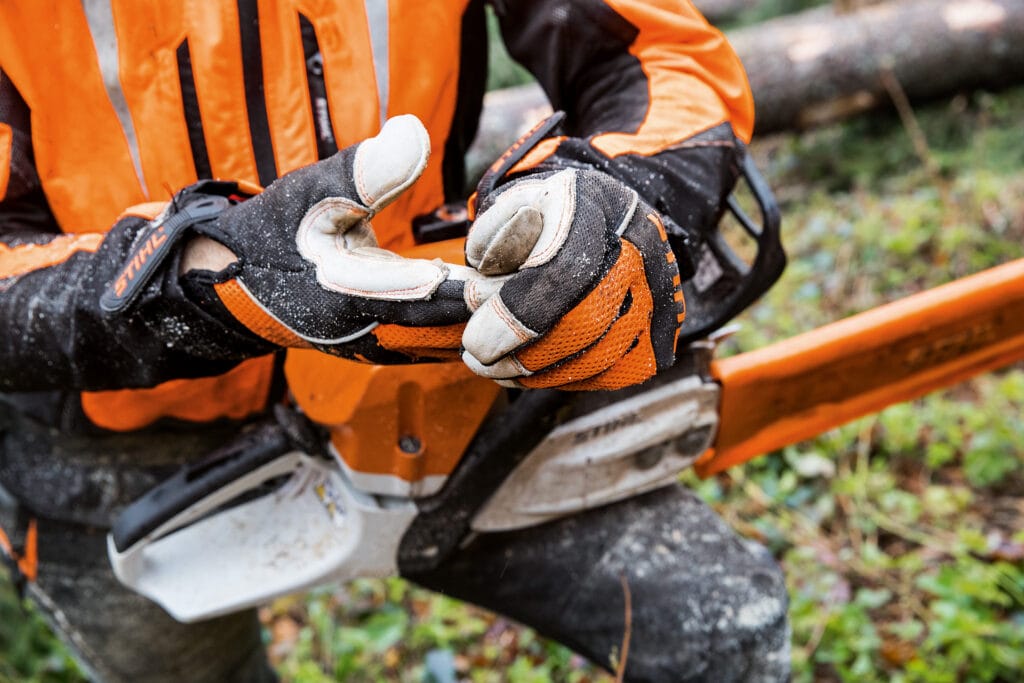
One of the most valuable lessons I’ve learned in the PPE industry came from a supplier failure in Egypt. A distributor received a large shipment of safety boots, only to find that 40% of them didn’t meet the required EN ISO 20345 standard. The supplier’s factory had experienced a production issue, but instead of informing the buyer, they shipped the goods anyway. The result? A costly recall, delayed contracts, and reputation damage that took months to repair.
Managing supplier risk is crucial when sourcing PPE, especially in emerging markets. With so many moving parts—production issues, regulatory changes, political instability, and financial challenges—your supply chain is only as strong as your weakest link.
In this guide, we’ll look at how to identify, assess, and mitigate supplier risks in PPE sourcing, based on real-world examples from across Africa, the Middle East, and Latin America.
To manage PPE supplier risk, always assess a supplier’s financial health, production capacity, quality control processes, and compliance history. Diversify your suppliers, set clear contract terms, and conduct regular supplier audits. Use third-party inspection services and have contingency plans in place.
Why PPE Supplier Risk Management is Critical
1. Quality Control Failures
- Why it matters: Poor quality PPE can lead to worker injuries, legal liability, and damaged contracts.
- Example: A Middle Eastern distributor received low-quality safety helmets that didn’t meet impact resistance standards. The buyer couldn’t sell them and had to destroy the stock.
- Tip: Always audit suppliers for quality control procedures and require pre-shipment inspections.
2. Production Delays
- Why it matters: PPE shortages caused by late deliveries can disrupt projects, cause supply chain bottlenecks, and cost clients money.
- Example: A South African buyer experienced two months of delays on a safety boot order, causing construction delays and client dissatisfaction.
- Tip: Request lead time guarantees and have a penalty clause for late deliveries.
3. Compliance Risks
- Why it matters: Non-compliant PPE can result in customs seizures, legal action, and reputational damage.
- Example: A Colombian buyer imported helmets that failed local safety tests despite being certified to EN 397. The buyer lost the contract and had to pay for product returns.
- Tip: Verify certifications directly with issuing bodies and request local compliance audits before ordering.
4. Political Instability
- Why it matters: Political instability in a supplier’s country can halt production, disrupt shipping routes, and create currency exchange risks.
- Example: A Brazilian PPE distributor had trouble receiving products from Venezuela due to governmental sanctions and factory closures.
- Tip: Diversify your suppliers across regions and keep backup suppliers for critical products.
5. Financial Risk
- Why it matters: Suppliers in financial distress may fail to meet delivery deadlines, compromise quality, or even go out of business.
- Example: A supplier in Bangladesh collapsed mid-order, causing significant losses for a Pakistani buyer who had paid 60% upfront.
- Tip: Assess financial stability by checking credit scores and requiring partial payment terms.
Supplier Risk Assessment Checklist
| Risk Factor | What to Check | How to Mitigate |
|---|---|---|
| Quality Control | Supplier’s quality control procedures, certifications | Require pre-shipment inspections and audits |
| Production Capacity | Factory capacity, machinery age, workforce reliability | Ask for lead time guarantees and penalty clauses |
| Compliance | Compliance with local and international standards | Direct certification verification with bodies |
| Political Instability | Risk of political upheaval or economic collapse | Diversify suppliers, use nearshoring options |
| Financial Stability | Supplier credit reports, history of financial health | Use partial payment terms, require deposits |
Real-World Buyer Cases
Case #1 – UAE Safety Equipment Distributor
Faced a production delay due to factory strikes in the supplier’s home country. The buyer lost a key contract for oilfield gear. Now, they work with multiple suppliers to hedge against production risks.Case #2 – Kenyan PPE Supplier
The supplier failed to meet compliance standards, and a shipment of safety boots was rejected by customs. The buyer now verifies certifications with official bodies before placing orders.Case #3 – Chilean Construction Distributor
Experienced delays from a supplier in Venezuela during political turmoil. To prevent future issues, they diversified and now have alternate suppliers in Colombia and Peru for essential PPE.
Buyer FAQ
Q1: How can I ensure a supplier is financially stable?
A: Request credit reports and conduct a background check on their financial health. Use services like Dun & Bradstreet to get detailed financial data.
Q2: What should I do if a supplier’s lead time isn’t met?
A: Negotiate penalties for late delivery, and consider using expedited shipping to minimize disruption.
Q3: How do I handle a non-compliant shipment that has already arrived?
A: Document the issue, and immediately contact the supplier for a return, replacement, or refund. If necessary, report it to the relevant authorities for action.
Risk Mitigation Strategies
- Diversify Suppliers: Don’t rely on a single supplier—spread risk by working with multiple trusted sources.
- Pre-Ship Inspections: Use third-party inspections to verify product quality, certifications, and compliance.
- Penalties for Delays: Include penalty clauses in your contract for suppliers who miss delivery deadlines.
- Secure Payment Terms: Use partial payment terms to protect yourself from financial instability in your suppliers.
Conclusion
Managing supplier risk is essential for maintaining smooth operations and protecting your reputation in the PPE industry. By assessing quality, production capacity, and financial stability, you can safeguard your business from common pitfalls like delays, non-compliance, and poor quality. Don’t let a weak supplier compromise your success—use these strategies to build a more resilient and reliable supply chain.
📩 Need PPE supplier risk management strategies?
Email: [email protected]
🌐 www.workwearsolutions.net
Zion Zhang
Recent Posts
 Flame-Resistant Workwear in the Middle East Oil & Gas Industry: Safety, Standards, and Sourcing2025年9月11日In the deserts of Saudi Arabia, the offshore rigs of Qatar, […]
Flame-Resistant Workwear in the Middle East Oil & Gas Industry: Safety, Standards, and Sourcing2025年9月11日In the deserts of Saudi Arabia, the offshore rigs of Qatar, […] Workwear in Africa’s Construction Boom: Demand, Trends, and Opportunities2025年9月11日Walk through any African city today, and you’ll see […]
Workwear in Africa’s Construction Boom: Demand, Trends, and Opportunities2025年9月11日Walk through any African city today, and you’ll see […] PPE Distributor Success Stories: From Small Orders to Large Contracts2025年8月20日I’ll never forget the story of a small distributor in […]
PPE Distributor Success Stories: From Small Orders to Large Contracts2025年8月20日I’ll never forget the story of a small distributor in […] How to Build a Strong PPE Sales Channel in Emerging Markets: A Buyer’s Guide2025年8月20日I was in a meeting with a distributor from Lagos, Nigeria, […]
How to Build a Strong PPE Sales Channel in Emerging Markets: A Buyer’s Guide2025年8月20日I was in a meeting with a distributor from Lagos, Nigeria, […] PPE Quality Inspection: Buyer Case Studies2025年8月20日When you’re sourcing PPE from international suppliers, […]
PPE Quality Inspection: Buyer Case Studies2025年8月20日When you’re sourcing PPE from international suppliers, […] PPE Negotiation Tactics for Emerging Markets: A Buyer’s Guide2025年8月20日When I first started working in the PPE industry, I learned […]
PPE Negotiation Tactics for Emerging Markets: A Buyer’s Guide2025年8月20日When I first started working in the PPE industry, I learned […]
CONTACT US
- Feel free to contact us any time. We will get back to you as soon as we can!
- +86-17330061805
